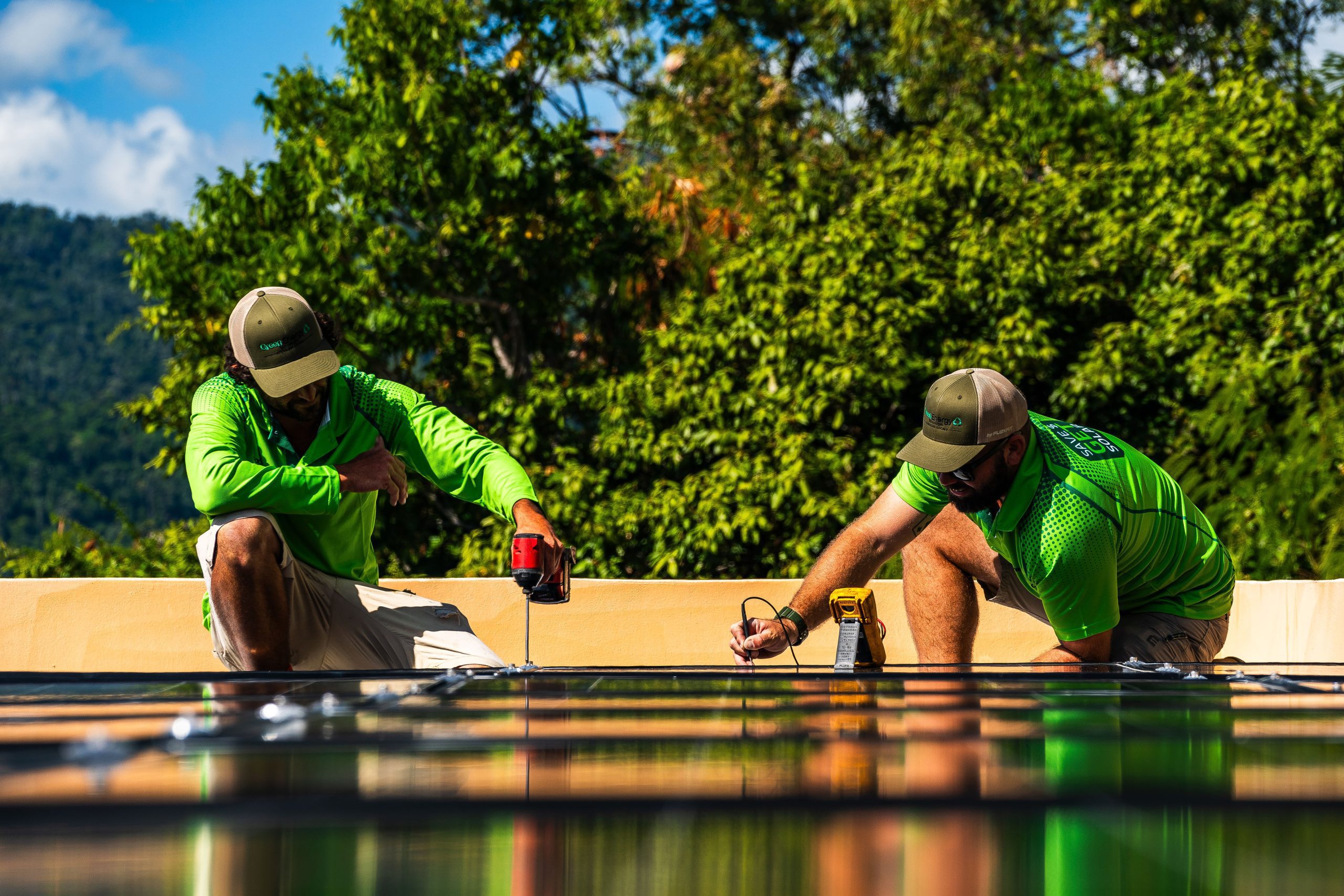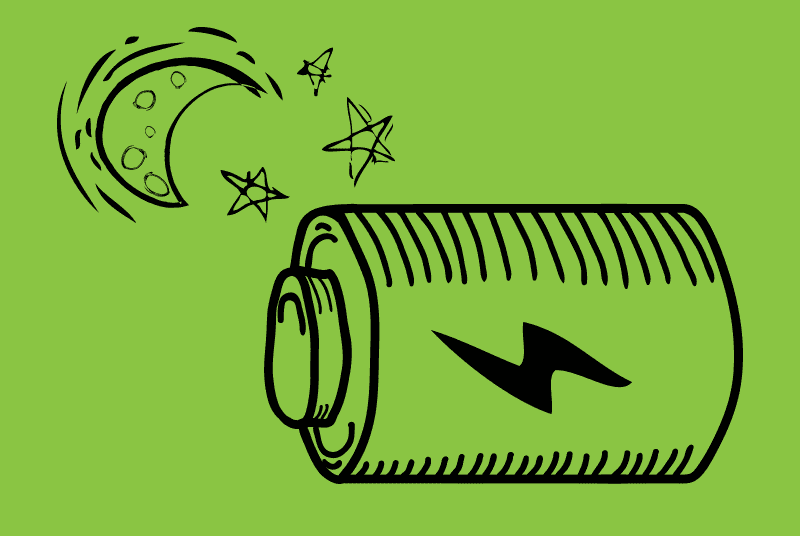 Proserpine, is not just a picturesque town in Queensland surrounded by natural beauty; it’s also embracing the future through sustainable energy solutions. In recent years, Proserpine has seen a surge in interest in solar power, with residents and businesses alike seeking to harness the abundant sunlight for a greener and more cost-effective energy future. In this article, we’ll explore the solar energy resources available in Proserpine, delve into the estimated energy output from solar systems, discuss the potential annual electricity savings, and provide insights into the installation of solar batteries.
Proserpine, is not just a picturesque town in Queensland surrounded by natural beauty; it’s also embracing the future through sustainable energy solutions. In recent years, Proserpine has seen a surge in interest in solar power, with residents and businesses alike seeking to harness the abundant sunlight for a greener and more cost-effective energy future. In this article, we’ll explore the solar energy resources available in Proserpine, delve into the estimated energy output from solar systems, discuss the potential annual electricity savings, and provide insights into the installation of solar batteries.
Solar Energy Resources in Proserpine, Queensland
Proserpine, like many parts of Queensland, is blessed with abundant sunlight throughout the year. The region’s solar energy potential is considerable, making it an ideal location for harnessing solar power. With an average of over 280 sunny days annually, Proserpine offers an excellent environment for solar panels to generate electricity efficiently.
Proserpine sits right along the Bruce Highway.
You’ll find Proserpine on the North Coast line, and its railway station, located in Hinschen Street at the town center, is part of that line.
Nestled on the banks of the Proserpine River, the town is surrounded by floodplains that serve as grounds for sugarcane and cattle farming. To the west, you’ll find the Clarke Range, to the north is Dryander National Park, and to the east lies Conway National Park.
Heading west from the town, the Clarke Range hosts the small former gold mining town of Dittmer.
Local governance in Proserpine falls under the Whitsunday Regional Council, a result of the amalgamation of the former Shire of Whitsunday and the former Shire of Bowen. Proserpine is part of the Queensland electorate of Whitsunday and the federal electorate of Dawson.
Making Sense of Daily/Monthly Energy Estimates
The daily and monthly energy output of a solar power system in Proserpine depends on various factors, including the size of the system, the efficiency of the solar panels, and local weather conditions. On average, a residential solar panel system in Proserpine can generate between 4 to 5 kilowatt-hours (kWh) per day per kilowatt of installed capacity. For example, a 5kW solar system could produce approximately 20-25 kWh per day.
In terms of monthly estimates, Proserpine’s solar panels can generate around 120 to 150 kWh per month per installed kilowatt. Keep in mind that these are rough estimates and actual performance may vary based on specific system characteristics and local conditions.
Annual Electricity Output Estimates
To gauge the annual electricity output of a solar power system in Proserpine, it’s essential to consider the overall energy production throughout the year. With its sunny climate, Proserpine can expect an annual solar energy output of approximately 1,460 to 1,825 kWh per installed kilowatt. Therefore, a 5kW solar system could potentially generate 7,300 to 9,125 kWh annually.
To calculate this range, you can use the formula:
Annual Output (kWh)=System Size (kW)×Output Range (kWh/kW)
Substituting in the values for a 5kW system:
Annual Output=5 kW×(1,460 kWh/kW to 1,825 kWh/kW)
This yields an estimated annual electricity output of 7,300 kWh to 9,125 kWh for the 5kW solar system in Proserpine.”
Proserpine, Queensland Solar Energy Savings
 Investing in solar power in Proserpine not only contributes to a cleaner environment but also offers substantial savings on electricity bills. The average residential electricity consumption in Australia is around 17.5 kWh per day. With a 5kW solar system in Proserpine producing 20-25 kWh per day, homeowners can expect to cover a significant portion of their daily energy needs through solar power.
Investing in solar power in Proserpine not only contributes to a cleaner environment but also offers substantial savings on electricity bills. The average residential electricity consumption in Australia is around 17.5 kWh per day. With a 5kW solar system in Proserpine producing 20-25 kWh per day, homeowners can expect to cover a significant portion of their daily energy needs through solar power.
Considering the current average electricity rate in Proserpine, which is around 25 cents per kWh, the annual savings from a 5kW solar system can range from $1,825 to $2,281. Over the lifespan of a solar power system, which is typically 25 years or more, the savings can add up significantly, making it a wise long-term investment.
Solar Panel Installers in Proserpine, QLD
Embarking on a solar power journey in Proserpine commences with the crucial decision of selecting the most adept solar panel installer. It is essential to align with seasoned and trustworthy professionals who comprehend the distinctive features of the local climate and can offer personalised solutions to maximise energy efficiency.
An outstanding choice for Proserpine residents is Green Energy Technologies (GET), recognised as a premier solar installer in the region. Specialising in both residential and commercial solar installations, they stand out as experts in designing and implementing solar power systems. Their team is highly knowledgeable about the latest solar technologies, ensuring that each installation is fine-tuned for optimal performance and durability.
Premier Solar Panel and Battery Installation Services in Proserpine
As the interest in sustainable energy solutions grows, households in Proserpine and across Australia are increasingly considering the installation of home batteries. This can either be seen as an enhancement to an existing photovoltaic (PV) system or as a simultaneous installation with solar panels. The viability of integrating batteries into your Proserpine home hinges on various factors.
Within our network, Green Energy Technologies stands out as the top choice for solar panel and battery installation services in Proserpine. Our skilled installers are well-equipped to provide guidance on incorporating home energy storage, whether as a retrofit upgrade or as part of a comprehensive solar and battery system installation. For personalised advice and a detailed quote tailored to your specific needs, don’t hesitate to reach out to us.




 In the heart of Queensland lies the vibrant town of Collinsville, a locale that is not only known for its rich coal mining history but is also emerging as a hub for sustainable energy solutions. As the global shift towards renewable energy gains momentum, Collinsville is embracing the potential of solar power with open arms. In this article, we delve into the key aspects of solar energy in Collinsville, covering topics such as solar resources, energy output estimates, cost analysis, and the professionals driving the solar revolution in the region.
In the heart of Queensland lies the vibrant town of Collinsville, a locale that is not only known for its rich coal mining history but is also emerging as a hub for sustainable energy solutions. As the global shift towards renewable energy gains momentum, Collinsville is embracing the potential of solar power with open arms. In this article, we delve into the key aspects of solar energy in Collinsville, covering topics such as solar resources, energy output estimates, cost analysis, and the professionals driving the solar revolution in the region. One of the most compelling aspects of adopting solar power in Collinsville is the potential for substantial cost savings on electricity bills. The cost of solar panels in Collinsville is becoming increasingly competitive, making the initial investment more accessible for homeowners and businesses alike. On average, residential solar panel installations can lead to savings of up to $1,500 per year, depending on the size of the system and local electricity rates.
One of the most compelling aspects of adopting solar power in Collinsville is the potential for substantial cost savings on electricity bills. The cost of solar panels in Collinsville is becoming increasingly competitive, making the initial investment more accessible for homeowners and businesses alike. On average, residential solar panel installations can lead to savings of up to $1,500 per year, depending on the size of the system and local electricity rates.


Recent Comments